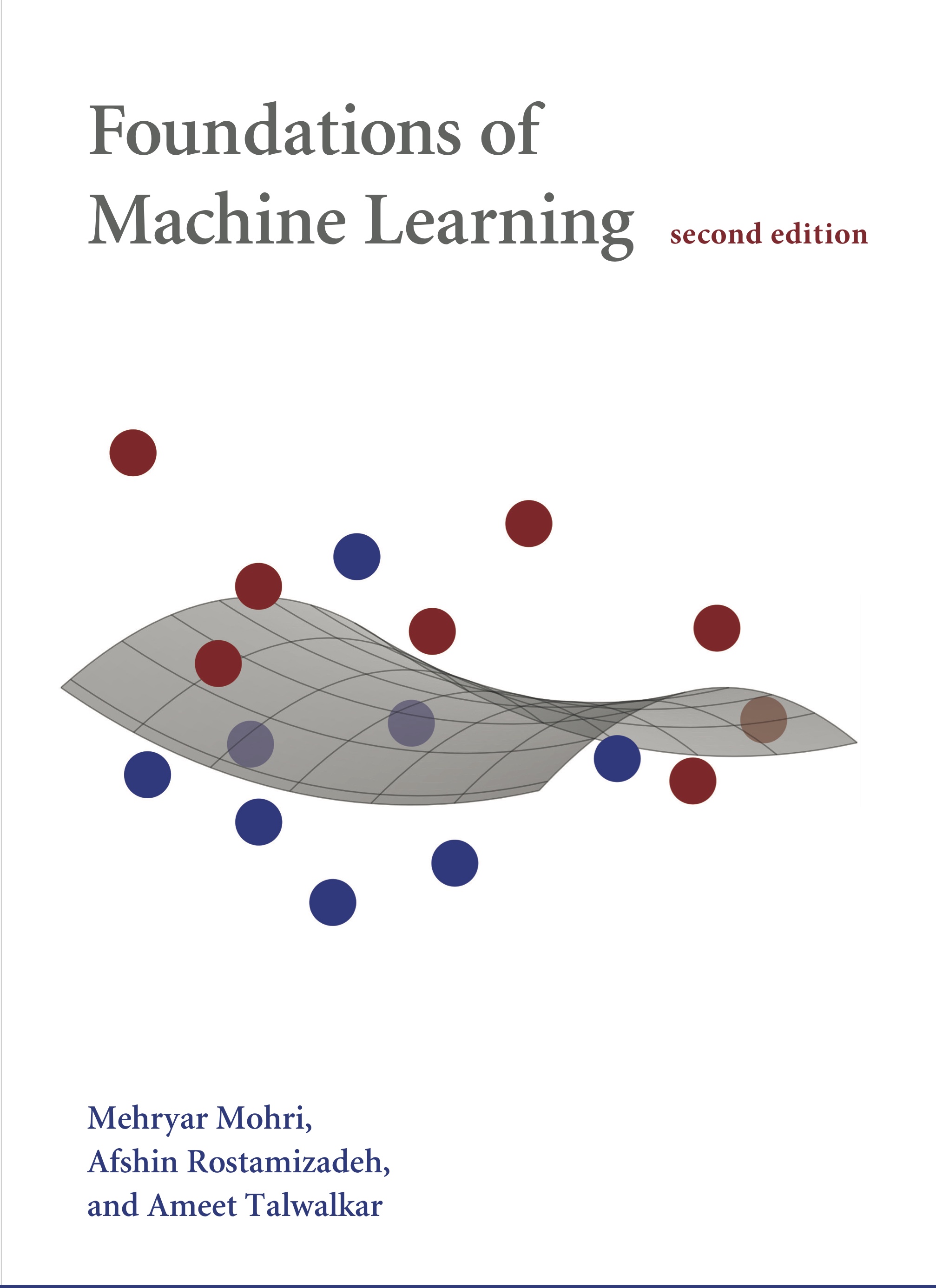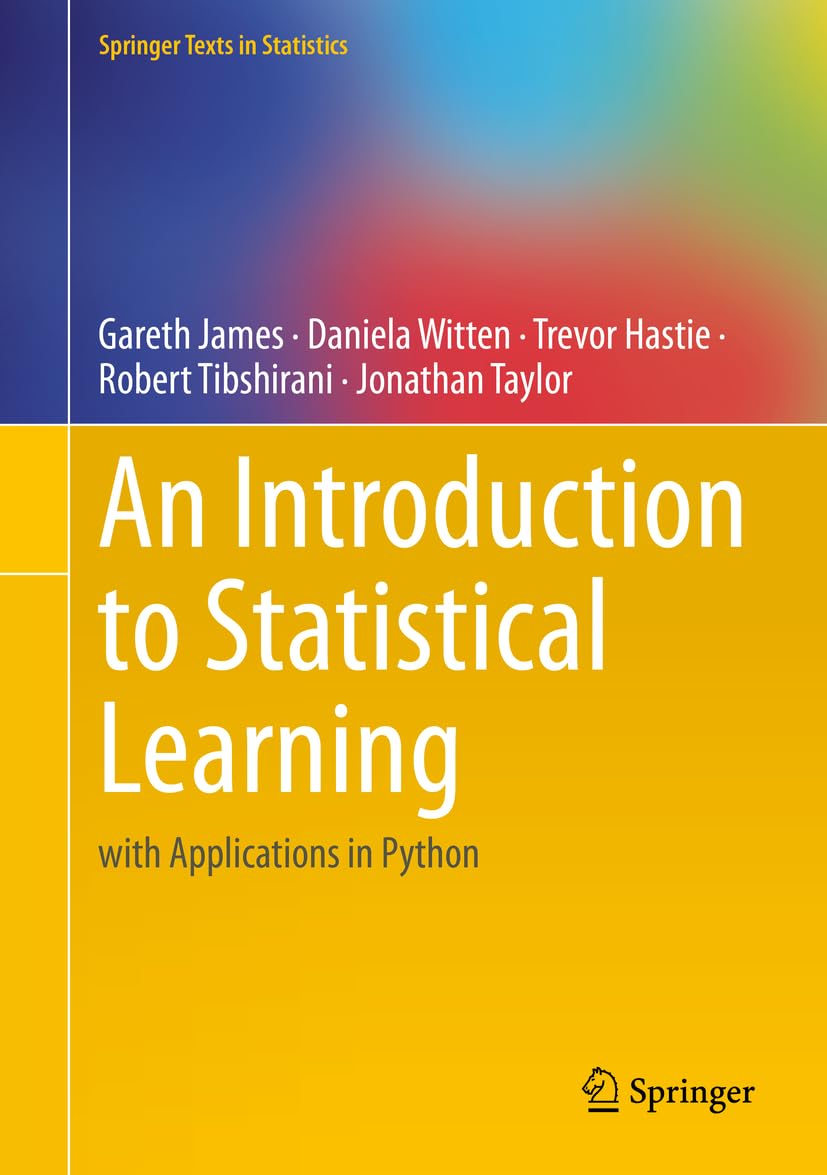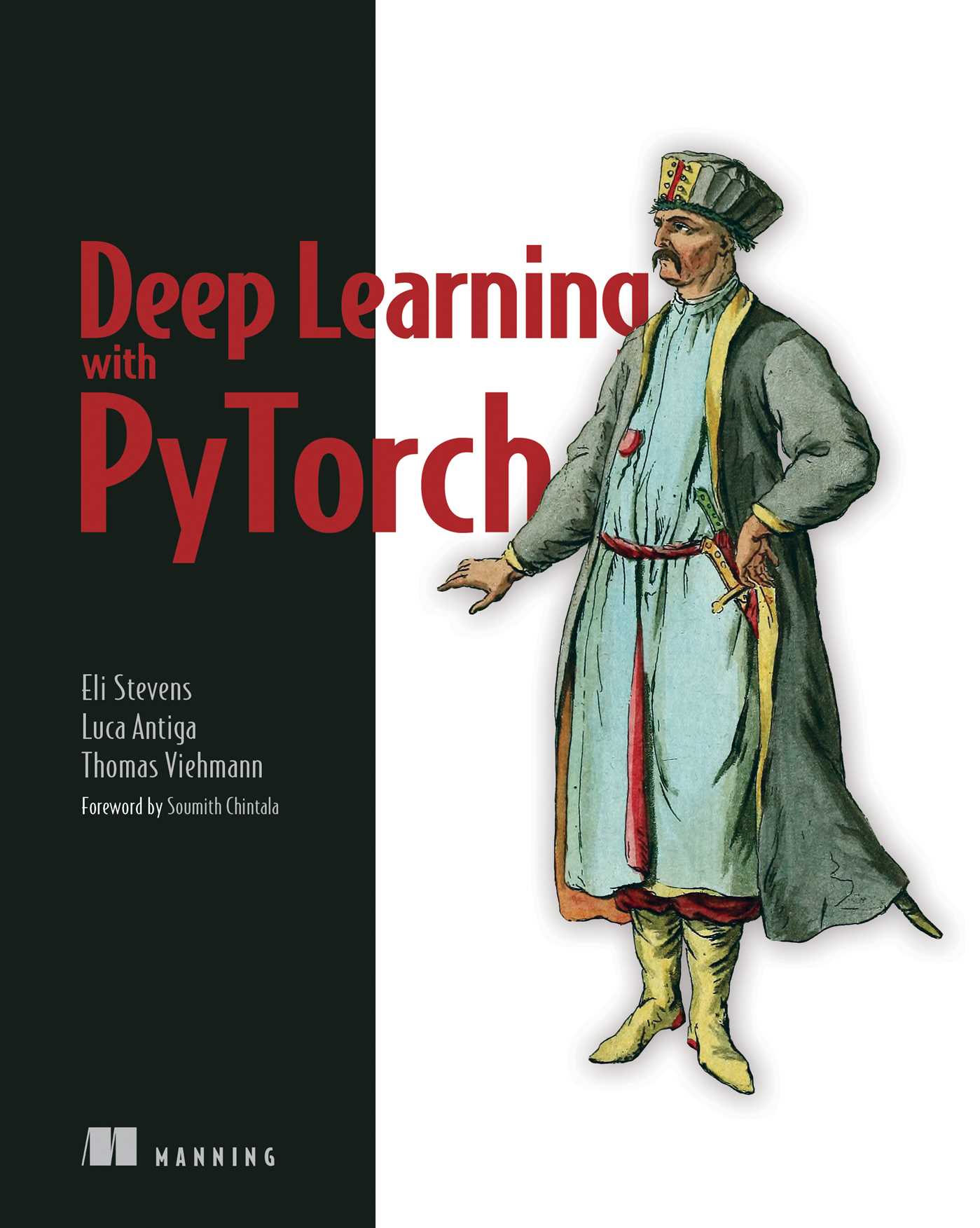Statistical and Machine Learning
Introduction to Prediction. Learning Scenarios
Introduction
Lecture Info
Learning Outcomes
This lecture is an introduction to prediction
By the end, you should be able to
- Define statistical and machine learning
- Contrast SL/ML with causal inference
- Describe and classify learning scenarios in prediction
References
Statistical and Machine Learning
Definitions
The Two Faces of Statistics
Can split statistics into two blocks based on overall goal:
- Causal inference: answering counterfactual question regarding causal effects of interventions
- Predictions: finding predictive functions of data without explaining mechanisms
Statistical and Machine Learning
Prediction studied by statistical and machine learning.
Personal definition:
Definition 1
- Statistical learning is a branch of statistics studying prediction problems.
- Machine learning is cross-disciplinary subfield of statistics and computer science studying prediction problems.
Both develop algorithms that can learn from data and generalize to unseen data
Goals in Prediction
Key goal of prediction — predicting well
Other goals:
- Computational efficiency: better to have a cheaper and quicker way to produce a new prediction
- Interpretability: why does the algorithm predict what it does?
- Scalability: can it handle increasing loads, run in distributed manner, etc
Statistical/Machine Learning vs. Causal Inference
SL vs. Causal Inference I
Key goal in causal inference — correct identification
Causal settings: there is some true causal model. Trying to learn some of its features with identification arguments
SL/ML: only weak reference to the underlying “true” model. Generally no identification work
SL vs. Causal Inference II
For SL/ML the key metric is how well you predict with unseen data — generalization or risk (next lecture)
- Want prediction to work well under many possible data-generating distributions
- Terminology of algorithms, not models
- Roughly: not trying to model
SL vs. Causal Inference III
Are the two fields totally disjoint?
No:
- Causal use case: need to pre-estimate some complicated object before being able to estimate object of interest
- Most important — more precise pre-estimates — exactly the typical goal of SL/ML
See Chernozhukov et al. (2024)
References on SL/ML
Books: SL Theory

Hastie, Tibshirani, and Friedman (2009)

Shalev-Shwartz and Ben-David (2014)

Mohri, Rostamizadeh, and Talwalkar (2018)
Books: Practice of “Classic” ML
Books on “core” machine learning methods in practice, mainly with scikit-learn

Géron (2023)

James et al. (2023)
Possibly skip TensorFlow in Géron (2023) in favor of PyTorch
Books on Deep Learning
Books On SL/ML For Causal Settings
Learning Scenarios
Introduction to Learning Scenarios
SL/ML not monolithic: there are different learning scenarios based on
- Domain of application: what problem are you solving?
- Nature and form of training data
- Do you have a \(Y\) at all? (supervised, unsupervised, semi-supervised learning, …)
- What does \(Y\) look like? (continuous — regression, discrete — classification, ranked list — ranking, …)
- How the data arrives
Classification: By Domain
What kind of problems can you solve?
| Domain of Application | Examples |
|---|---|
| Forecasting | Estimating the GDP in the current quarter |
| Causal inference | Preestimating “first stage”/nuisance parameters |
| Text or document classification | Assigning topics, determining whether contents are inappropriate, spam detection |
| NLP | Part-of-speech tagging, named-entity recognition, context-free parsing, text summarization, chatbots |
| Speech processing | Speech recognition, speech synthesis, speaker verification and identification |
| Computer vision | Object recognition and identification, face detection, content-based image retrieval, optical character recognition, image segmentation |
| Anomaly detection | Detecting credit card fraud |
| Clustering | Segmenting clients into blocks and offering different marketing strategies |
| Data visualization | Using dimensionality reduction |
| Recommender systems | Suggesting next product to buy given purchase history |
All these things also done with people with econ backgrounds
Classification: By Type of Output Variable I
Supervised settings: some observed output \(Y\):
| Task | Type of Variable | Examples |
|---|---|---|
| Classification | Categorical | Document classification |
| Regression | Continuous | Nowcasting the GDP |
| Ranking | Ordinal | Selecting the order of results in a search |
Classification: By Type of Output Variable II
Unsupervised settings: no obvious observed \(Y\):
| Task | Type of Variable | Examples |
|---|---|---|
| Clustering | Categorical | Identifying communities in a large social network |
| Dimensionality reduction/manifold learning | Continuous | Preprocessing digital images in computer vision tasks |
Classification: By Supervision
- Supervised: all observations (“examples”) have \(Y\) available (“labels”)
- Unsupervised: no examples have labels
- Semi-supervised: some examples have labels
More concepts: self-supervised, active learning, reinforcement learning, etc.
Online vs. Batch Learning
Another axis: if new observations arrive, how to update model?
- Retrain from scratch on bigger dataset — batch learning
- Update existing model parameters only with new observations — online learning
Recap and Conclusions
Recap
In this lecture we:
- Talked about causal inference vs. prediction
- Defined statistical and machine learning
- Described various learning scenarios
Next Questions
- What are the key components of a learning problem for predictions?
- How does one evaluate predictions?
- Is there a universally valid way to predict?
References
Prediction: Introduction



